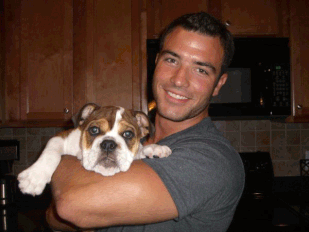
I parted ways with my previous publisher a year ago, but we’re just getting around to making the split final. The good news: It’s given me the opportunity to correct some formatting errors in her original upload which have always driven me crazy. Hyphenated words in the middle of a line, for example. I even got dinged in one review for those, but what can you do. Correct them in the next edition, that’s what!
So, a new, sparkly clean version will be back up on Amazon for the public October 15.
Until then, I could really use your help.
Through October 15, I’ll send you a FREE pre-release ebook in exchange for an Amazon or Goodreads review. Just send me your email HERE or on my FACEBOOK page and I’ll shoot you out a copy.
The book synopsis:
Samantha Danroe moves from the Midwest to Sedona to start a new life. Instead, she becomes the prey in an ancient war between good and evil.
Nicholas Orenda is a sixth generation witch, in Sedona tracking the man who is killing off his family. “Three will be sacrificed to the dark,” according to his family prophesy.
Can Samantha defeat a supernatural killer and prevent the third sacrifice? Or will she be the catalyst that opens the gate to the underworld buried in Sedona’s magical red rocks?
If you’re interested in witchcraft and shamanism—or just a dark, spooky tale—you’ll enjoy Song of the Ancients, written by a practicing Wiccan priestess.
It’s the debut novel in the Ancient Magic series.
Now you can get in at the beginning—FOR FREE!
I’m trying to replace the 50 fabulous reviews I received in the original edition.
Which brings me to my second request for help:
Did you post an Amazon review of Song of the Ancients when it was released originally? You were so kind then, and I’ve made copies of every review before it disappears. Unfortunately, original reviews do not travel with re-released books on Amazon.
Would you be willing to repost your review for this edition if I send you a copy of your original? Again, all I need is your email here or on my Facebook page.
Thank you for your help!
After this re-release, I’ll be finishing my stand-alone suspense, Crescent Moon Crossing. It will be going out on query to agents and editors by early November.
And that means that I will have this year’s National Novel Writing Month (NaNoWriMo) to work on Book 2 in the Ancient Magic series! I am so excited to rejoin Samantha and Nicholas as they head to London to meet with the Council of Elders, and begin their next supernatural investigation…at the standing stones of Scotland!
Again, thank you so much for your support in my writing journey, including the bumps we’ve all weathered along the way. Your readership means everything to me.
Now, go get your free ebook copy of Song of the Ancients, and get reading!





















 RSS Feed
RSS Feed
